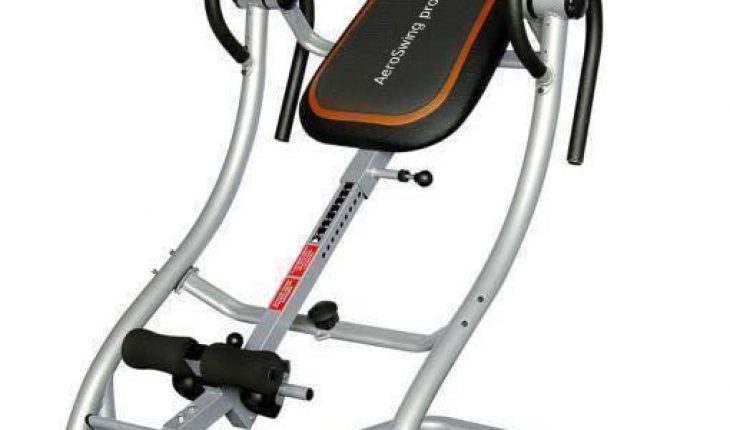Before you begin using an inversion table, consult your doctor. While it’s good for back problems, severe cases might prevent you from performing the needed maneuvers. This could make things worse, so talk to your physician first.
How to Utilize the Inversion Table
Use the knob to lock in the inversion. For beginners, use a mild inversion. A good starting point is 60 degrees. You can up it to 90 degrees when you’re comfortable. Fasten yourself on the table as indicated in the user guide. It’s a good idea to have someone spot
you during the first few tries.
Commence using an inversion table by grabbing the bars. Get yourself into position. If you feel nauseous, pull yourself up (or have your friend do it). Try the inversion more slowly.
When you’re comfortable, hang on. This lets your spine decompress. Follow the exercise routine in the user guide if you want. Don’t do anything not specified there.
How to Ease Back Pains
Start with a 15 degree inversion. Do it for a minute or two. Do this routine twice daily for a week. This will help your body adjust. At the same time your body is going to start reaping the benefits.
You’ll start to feel a stretch of the muscles. Anytime you feel uneasy, turn back up. As you become comfortable using an inversion table, set the degrees to 20 and then 30.
More Advanced Techniques
Set the inversion angle to 60 degrees. At this setting you’re nearly parallel to a table’s rear legs. For the maximum benefits, try a 60 degree inversion for 5 minutes twice a day. When this becomes easy, increase the time to 15 minutes twice a day.
You can perform a variety of stretches at this point. All of them are aimed at decompressing and releasing tension from the spine. You can move from side to side.
If your back hurts, move your pelvis. For neck pain, swing your neck from side to side. Deep breathing will also reduce pain in the upper back.
Other Ways of Using an Inversion Table
These routines are not for relieving back pain but for strengthening it. Set the angle at 90 degrees and perform sit ups. You can also do some back extensions. Reverse squatting also helps strengthen the back.
For the reverse squat, utilize the arms as you would use the legs. The back extension simply means arching the back by pushing the arms. Increase the duration when you become comfortable.
Warnings
Read the instructions before trying the inversion table. Do not perform any back strengthening exercises if you have back pains. The exercises for back pain and back strengthening are different.
Take your time when performing the squats and sit ups. Allow your body to adjust to the angles. The user guide will have some workout routines listed there. Follow them.
The benefits of using an inversion table have been proven in several medical studies. Instead of just relying on pills, the inversion table is a more natural and safer method.





